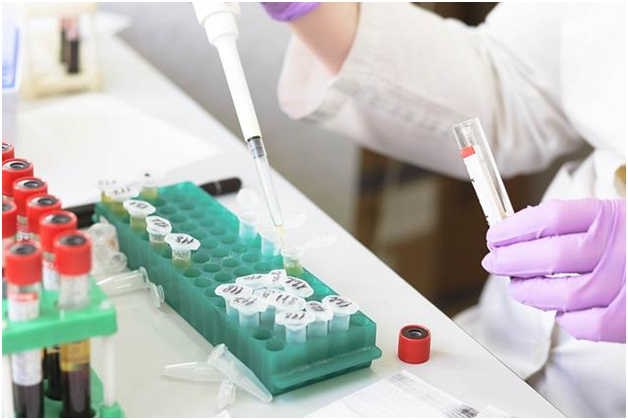10 Foot Care Tips for Diabetics
Diabetes is a metabolic disorder that increases blood sugar levels.
High blood sugar levels can lead to chronically damaging nerves and blood vessels in the body, especially in the lower extremities. Therefore, people with diabetes are at risk for foot ulcers, toe and foot infections, gangrene and other complications. This can lead to serious consequences and amputation.
Several research studies have shown that diabetics need special attention to proper foot care and hygiene to avoid this condition.
If you or someone you know has diabetes, don’t worry yet. Many of these complications can be completely avoided with proper foot care.
Here are some basic foot care tips you can use to protect your feet and prevent ulcers and infections.
Foot Care Tips for Diabetics
Here are the most beneficial foot care practices recommended by your doctor:
-
Check your feet daily
Assuming you have diabetes, checking your feet consistently is significant. Examine the gaps between the toes, soles, and nails, and seek appropriate treatment if any wounds or abnormalities are found.
You can remember by doing this at a specific time each day (e.g. at sleep time or just after a shower).
-
Wear appropriate socks and shoes
You must wear shoes and socks that are the right size for your feet. Do not wear shoes that are uncomfortable or can cause shoe bites.
This is especially important for people with diabetic neuropathy (a condition in which poor blood circulation in the feet leads to loss of sensation). People with diabetic neuropathy do not feel the pain of a shoe bite, which can lead to wound neglect and infection.
-
Controlling blood sugar levels
Diabetes is a chronic disease that does not get better easily. It is important to learn how to live with diabetes and to control blood sugar levels as much as possible through medications, lifestyle changes, and diet.
Uncontrolled blood sugar levels can have serious consequences for all aspects of your health. It delays wound healing and expands the risk of infection.
-
Wash your feet
Wash your feet once or twice a day with warm water. This will help keep you clean and remove all dirt and pathogens.
After that, dry it properly and apply a light moisturizer to the soles of your feet and soles (except between your toes).
-
Do not walk barefoot.
Wear your shoes every time you leave the house. Cover your feet with socks even indoors.
-
Ensure adequate blood supply
Increase blood flow to your legs and feet by walking for at least two minutes each day. Physical activity increases blood flow to the feet and helps prevent diabetic neuropathy.
-
No smoking
People with diabetes who smoke tend to have uncontrolled blood sugar levels. Smoking also negatively affects blood circulation and has been linked to an increased risk of developing foot and toe ulcers.
-
Carefully cut your nails
Be very careful when cutting your nails to avoid injuring your toenails. This will help prevent nail growth and peeling of the skin.
-
Do not try to self-heal your foot wounds.
If you see blisters or calluses on your feet, see a diabetic or podiatrist. They will prescribe appropriate treatment, monitor blood sugar levels, and specifically ask you to control blood sugar levels until the wound heals.
-
Choosing Diabetic Shoes
There are many options for diabetes-friendly shoes these days. You can find it at the nearest hospital or orthopedic shoe store.
Conclusion
Diabetes can increase your risk factors for several foot disorders, such as ulcers, dry, cracked skin, and corn, bacterial and fungal infections.
In severe cases, untreated wounds can become infected and lead to gangrene (tissue death). Gangrene is a serious condition that can lead to amputation of a toe or foot, and even sepsis.
For more articles: momatwork.co.uk







